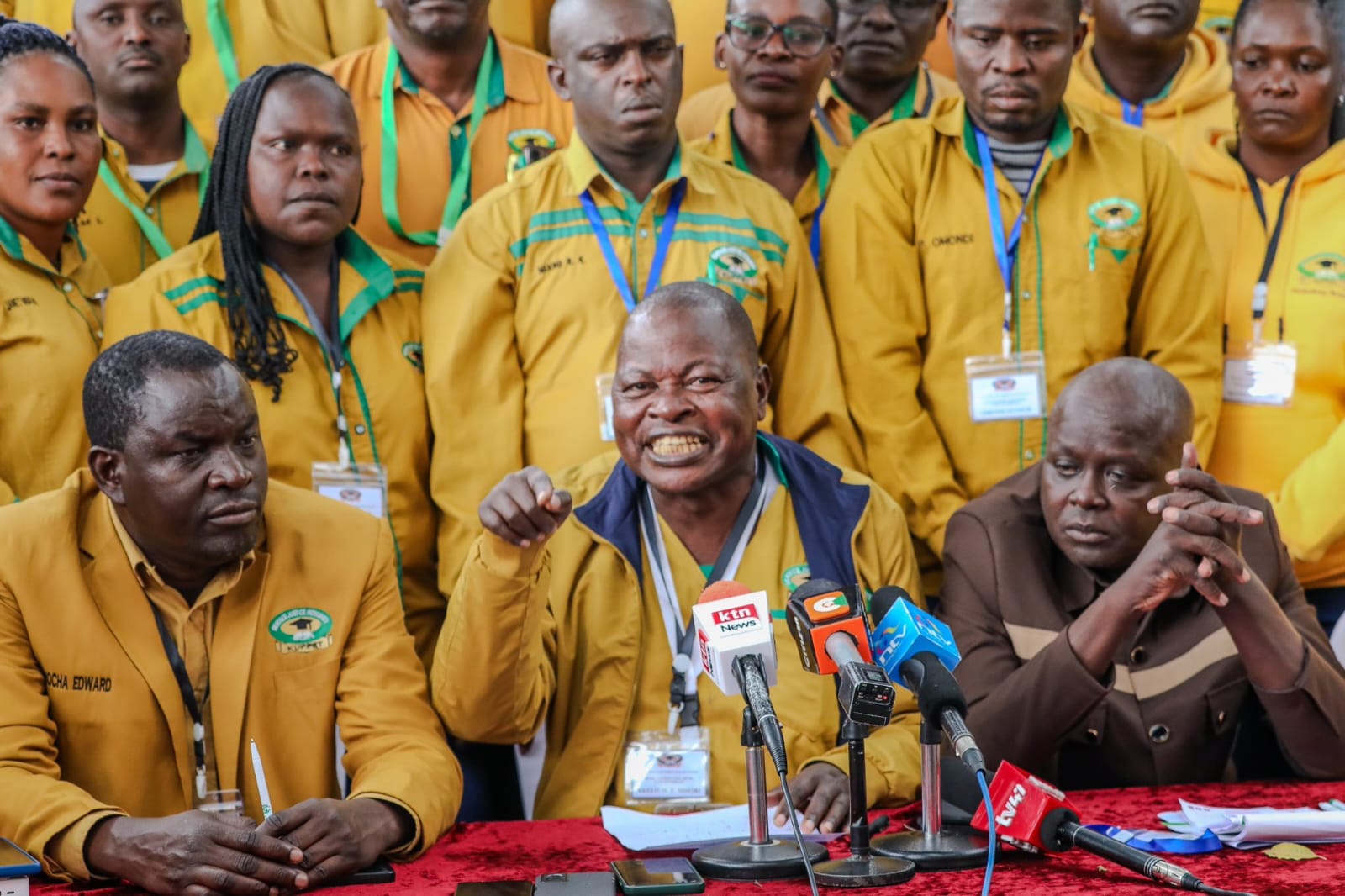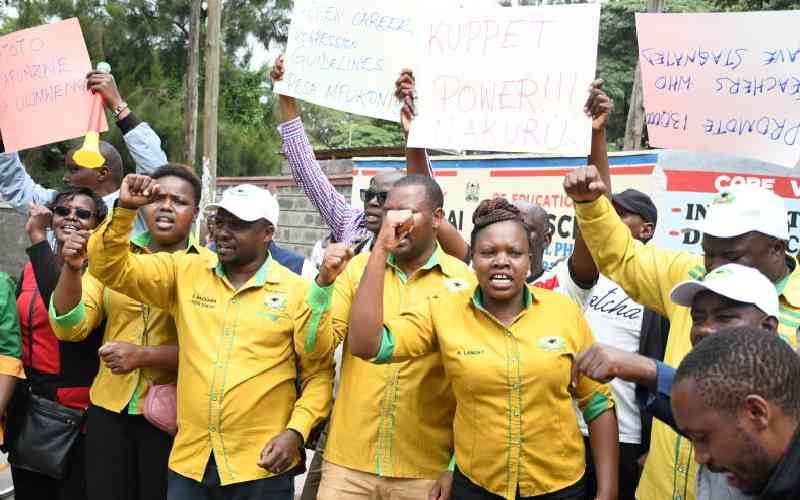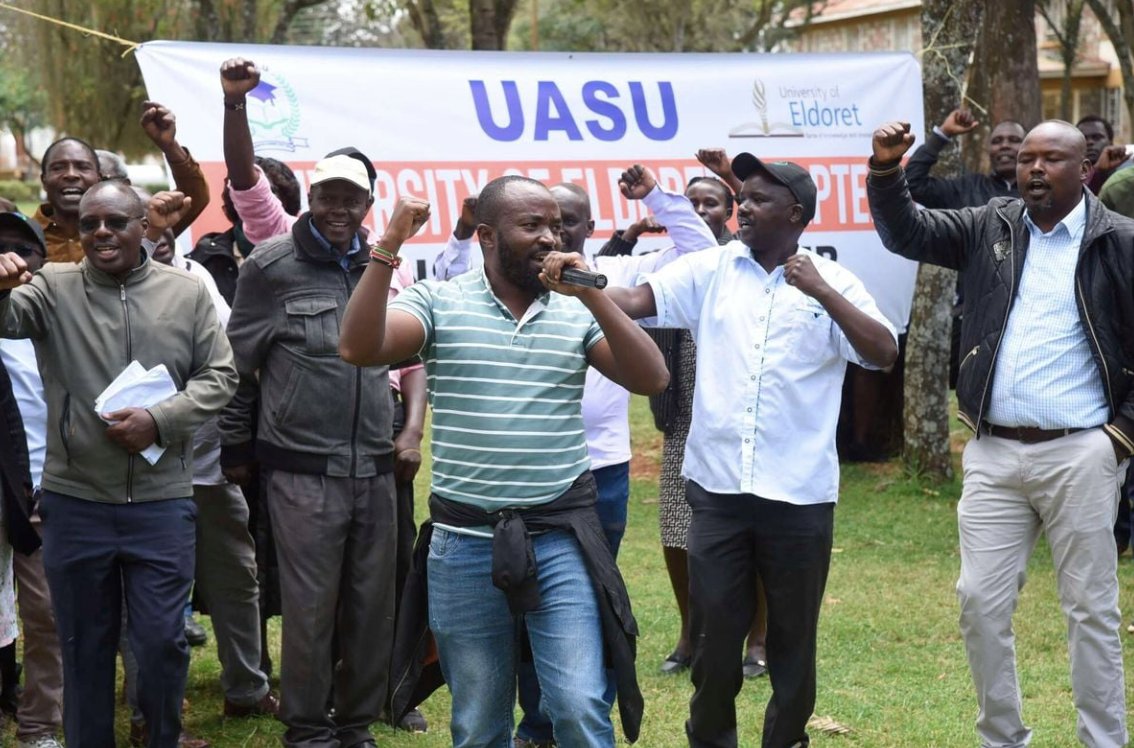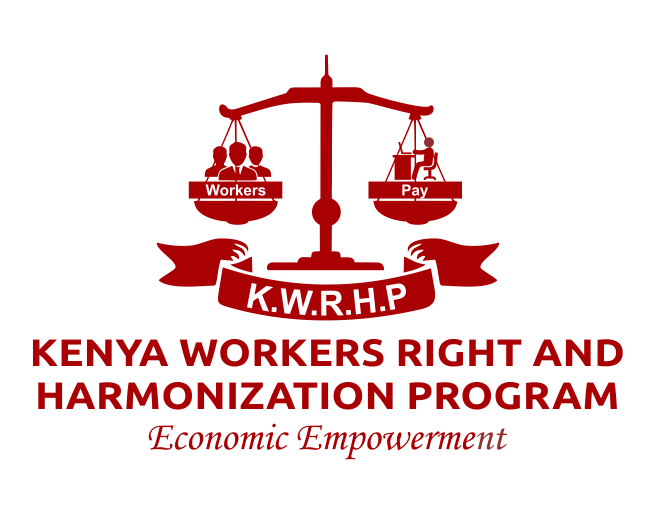
The Silent Crisis: Kenya’s Uncounted Labor Strikes and the Workers Left Behind
NAIROBI, Kenya – While Kenya’s economy continues to grow, a hidden epidemic of labor unrest has been sweeping across the nation since 2006, with thousands of strikes going unrecorded and workers’ voices systematically silenced. Despite the constitutional right to industrial action, the true scale of worker protests remains largely undocumented, leaving a critical gap in understanding the depth of labor dissatisfaction in Kenya.
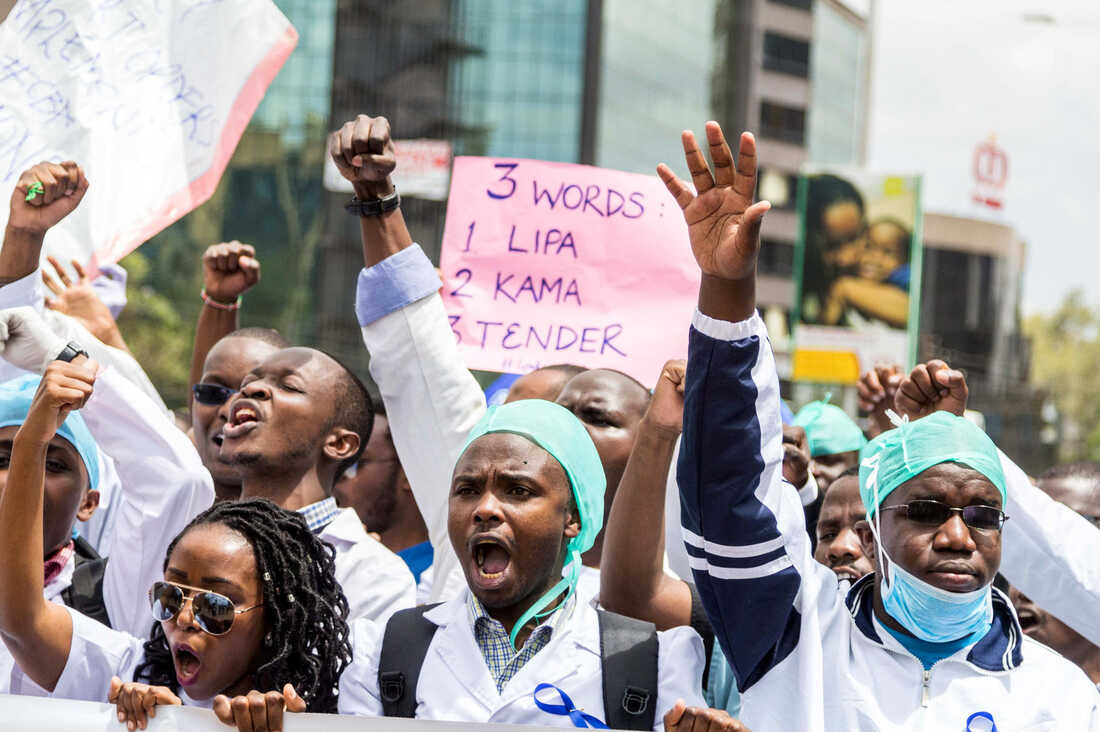
Doctor's Strike
The Constitutional Crisis
Article 41 of the Kenyan Constitution guarantees workers the right to strike, yet the systematic undercounting of industrial actions represents a fundamental failure in protecting this right.
Legal Expert Perspective
“Without accurate data, we cannot address the root causes of labor unrest,” says Advocate Miriam Wanjiku, a labor rights specialist. “The government’s inability to track strikes means they’re reacting to symptoms rather than solving systemic issues in labor relations.”
Economic Impact: The Hidden Cost
The uncounted strikes have significant economic implications:
-
Lost productivity across multiple sectors
-
Reduced investor confidence due to unpredictable labor relations
-
Increased poverty among striking workers without social protection
-
Strained public services during essential workers’ strikes
The Way Forward: KWRHP’s Call to Action
1. Official Data Reform
-
Mandatory comprehensive strike reporting by all employers
-
Integration of informal sector labor actions into national statistics
-
Real-time public access to strike data
2. Worker Protection Mechanisms
-
Legal safeguards for documenting labor actions
-
Protection against retaliation for strike participants
-
Emergency support funds for workers during prolonged strikes
3. Preventive Labor Relations
-
Early intervention systems based on strike pattern analysis
-
Sector-specific dialogue platforms
-
Regular labor climate assessments
Conclusion: Giving Voice to the Uncounted
As Kenya moves toward Vision 2030, understanding the true scale of labor unrest is not just about numbers—it’s about recognizing the human stories behind each protest. The uncounted strikes represent thousands of workers fighting for dignity, fair wages, and safe working conditions.
“The data gap isn’t just a statistical problem,” says KWRHP Executive Director. “It’s a justice problem. When we don’t count strikes, we’re essentially telling workers their struggles don’t matter. We’re committed to ensuring every worker’s voice is heard, recorded, and acted upon.”
*KWRHP continues to document labor unrest through its Workers’ Justice Hotline (0800-720-900) and digital reporting platforms, working toward a Kenya where no worker’s struggle goes uncounted.*
Sources:
-
Kenya Institute for Public Policy Research and Analysis (KIPPRA)
-
Ministry of Labour and Social Protection Annual Reports
-
Kenya National Bureau of Statistics
-
KWRHP Field Documentation (2020-2024)
-
Worker testimonies collected through KWRHP outreach programs

